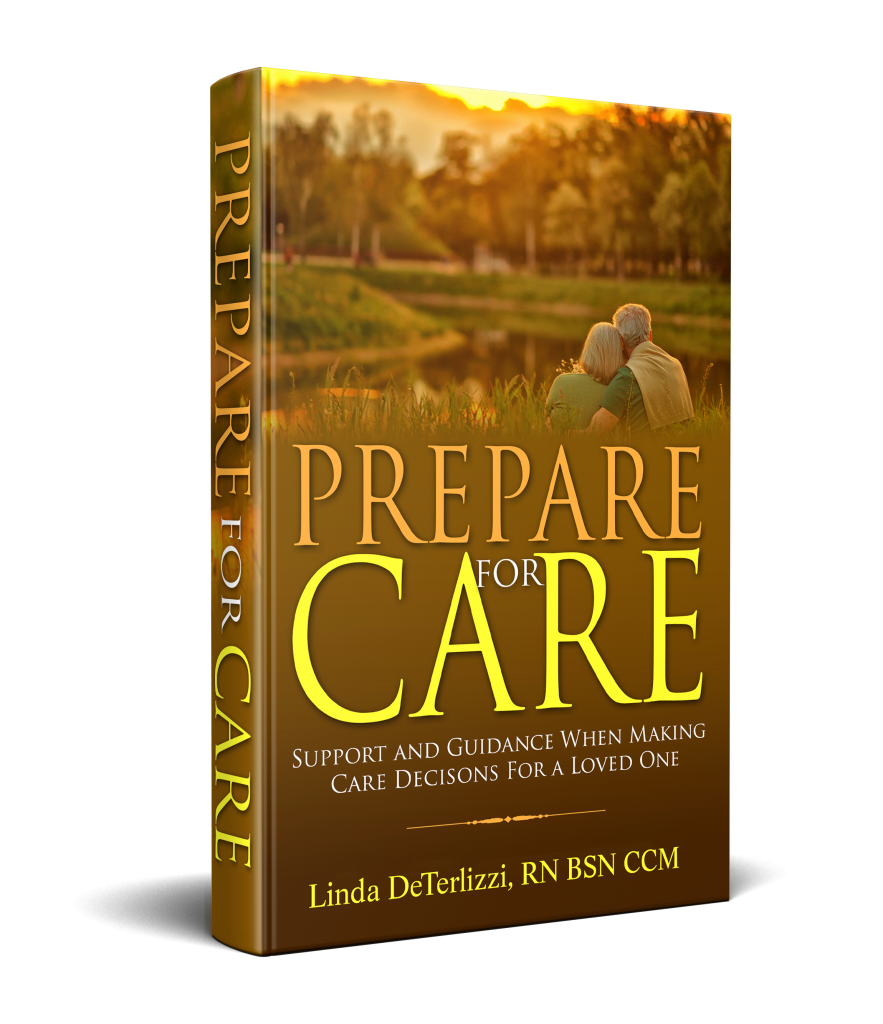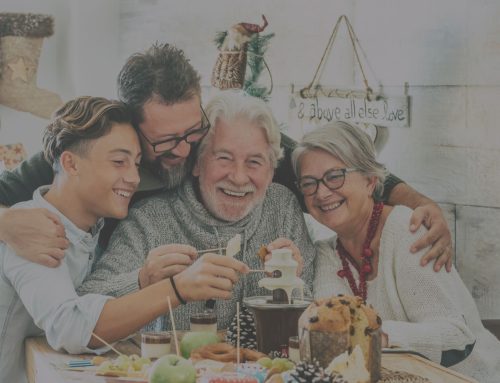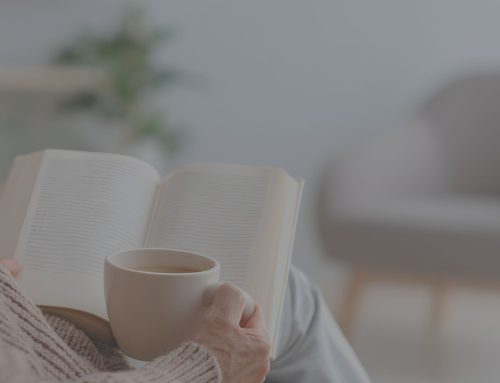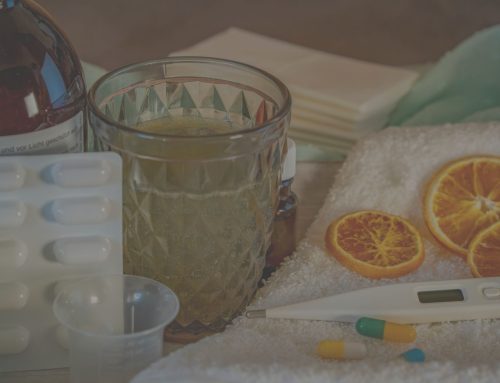Winter can be a beautiful season, but for older adults it brings an increase in fall risks — both outdoors and inside the home. Shorter days reduce visibility, colder weather stiffens joints, and slippery surfaces make even familiar spaces more hazardous. According to the CDC, one in four adults over age 65 falls each year, and winter conditions can raise that risk significantly.
As caregivers, preventing falls is one of the most impactful ways to protect a senior’s independence, confidence, and long-term health. The good news: most falls are preventable with thoughtful home adjustments, safer routines, and a focus on strength and balance.
This guide gives caregivers clear, practical steps to create a safer home environment this winter, supporting both daily health and peace of mind.
Understanding Why Seniors Fall
Before making home safety changes, it helps to understand why falls happen. For many older adults, it’s a combination of the following:
- Reduced balance and muscle strength
- Slower reflexes
- Vision changes or glare from winter lighting
- Medication side effects such as dizziness or fatigue
- Chronic conditions like arthritis, neuropathy, or Parkinson’s
- Clutter or poor lighting in the home
- Slippery walkways, wet floors, or uneven surfaces
Recognizing these factors helps caregivers create an environment that supports mobility and prevents accidents long before they occur.
1. Start with a Whole-Home Safety Assessment
Walk through the home room by room, imagining how your loved one moves through their daily routines. Look for:
- Loose rugs
- Dim lighting
- Cluttered pathways
- Unstable furniture
- Extension cords
- Items stored too high or too low
- Narrow walkways
- Wet or slick floor surfaces
2. Improve Lighting Throughout the Home
Winter brings early sunsets, cloudy days, and shadowy corners that can make movement unsafe. Enhancing lighting is one of the simplest and most effective fall-prevention steps.
Tips for safer lighting:
- Add bright, warm LED bulbs in all living areas.
- Install nightlights in bedrooms, hallways, and bathrooms.
- Use motion-activated lights for bathrooms and entryways.
- Place lamps within easy reach of beds and favorite chairs.
- Ensure outdoor lighting is bright and functional.
Lighting should be consistent — not too dim but also not harsh enough to cause glare.
3. Remove Tripping Hazards
A clutter-free home is a safer home. Even small objects can cause big injuries.
Common hazards to remove:
- Throw rugs (or secure them with non-slip backing)
- Cords and wires across walking paths
- Decorative baskets or plants in narrow spaces
- Stacks of newspapers or magazines
- Shoes left by the door
- Low furniture that blends into the floor color
If downsizing clutter feels overwhelming, tackle one room per day or enlist help from family, friends, or professional organizers.
4. Add Supportive Tools and Home Modifications
Supportive tools don’t reduce independence — they protect it. These simple additions can dramatically reduce fall risks:
In the Bathroom
- Install grab bars near the toilet and inside the shower.
- Add non-slip mats inside and outside the tub.
- Use a shower chair or raised toilet seat.
- Consider a handheld showerhead for easier bathing.
In the Bedroom
- Use a bed rail for stability when standing.
- Keep a reachable nightstand with water, phone, and lamp.
- Ensure the bed height allows easy sitting and standing.
In the Kitchen
- Store frequently used items at waist to shoulder height.
- Add non-slip mats near the sink.
- Use sturdy chairs with arms for support.
In Living Areas
- Choose chairs with firm cushions and armrests to help with standing.
- Ensure couches are not too low or soft.
Entryways
- Install handrails on both sides of steps.
- Make sure mats are non-slip rubber-backed.
- Remove snow and ice promptly during winter months.
Small changes create big protection.
5. Support Safe Mobility with the Right Equipment
Assistive devices keep seniors active without risking injury.
Consider:
- A cane for mild balance issues
- A walker for more stability
- Non-slip shoes with rubber soles
- Ice grips for shoes if walking outdoors in winter
- Gripper socks inside the home
- A personal fall alert system for emergencies
Have mobility aids professionally fitted — the wrong size cane or walker can cause falls rather than prevent them.
6. Address Medication-Related Fall Risks
Many prescriptions common in older adults can cause dizziness, fatigue, or changes in blood pressure.
Ask the healthcare provider:
- Does this medication raise fall risk?
- Are there safer alternatives?
- Should certain doses be taken only with food?
- Are nighttime doses causing morning grogginess?
Track medication side effects and discuss any concerns promptly.
7. Support Physical Strength and Balance
Falls aren’t just about the home — they’re about the body. Strong muscles and good balance protect against slips and sudden movements.
Encourage gentle exercises:
- Chair yoga
- Tai Chi
- Light stretching
- Resistance band exercises
- Daily neighborhood walks inside and outside weather permitting
- Balance exercises such as standing on one foot (with support nearby)
- Supervised indoor water exercises
If mobility is limited, a physical therapist can create a customized program. Even 10 minutes a day improves strength and stability.
8. Boost Bone Health Through Nutrition
If a fall does happen, strong bones lessen the risk of fractures.
Key nutrients:
- Calcium: dairy products, leafy greens, fortified foods
- Vitamin D: sunlight exposure, supplements, salmon, fortified milk
- Magnesium: nuts, whole grains, legumes
- Protein: eggs, yogurt, fish, chicken, beans
Ask a provider whether your loved one needs supplements based on their health and lab results.
9. Keep Winter Walkways and Entryways Safe
Outdoor areas become dangerous quickly in cold weather.
Enhance outdoor safety with:
- Shoveled and salted walkways
- Outdoor mats with strong traction
- Handrails along stairs and ramps
- Shoes with non-slip soles
- Clear pathways from the car to the door
- Weatherproof lighting near entrances
For seniors with mobility challenges, have someone else shovel or apply salt — never let them attempt it themselves.
10. Encourage a Slow, Steady Winter Pace
Cold weather can stiffen joints and slow movement. Encourage your loved one to:
- Take time when standing or sitting
- Use support when rising
- Pause after waking before walking
- Avoid rushing to answer the door or phone
- Wear warm layers to prevent stiffness
Patience is protection.
11. Create a Fall Action Plan
Even with precautions, falls may happen. Being prepared reduces fear and speeds recovery.
Your plan should include:
- Who to call
- Emergency contacts
- Medications list
- Physician numbers
- Instructions for emergency responders
- A fall-detection device if needed
Review the plan together every few months.
12. How Care Managers Can Help
We can help families:
- Assist with coordination of physical therapy or occupational therapy-requires a physician order
- Recommend adaptive equipment
- Develop personalized fall-prevention plans
- Provide education for family caregivers
LMD Care Consulting can help ensure the home environment will match your loved one’s abilities — supporting safety, independence, and dignity.
Conclusion: Small Steps Create a Safer Winter
Fall prevention for seniors isn’t about limiting independence — it’s about protecting it. Each modification, from improved lighting to grab bars to strength exercises, builds a foundation of safety that keeps seniors active, confident, and connected during the winter months.
A safer home is a gift of peace, comfort, and confidence. This winter, give your loved one the support they need to move freely and live well.






Connect with Linda